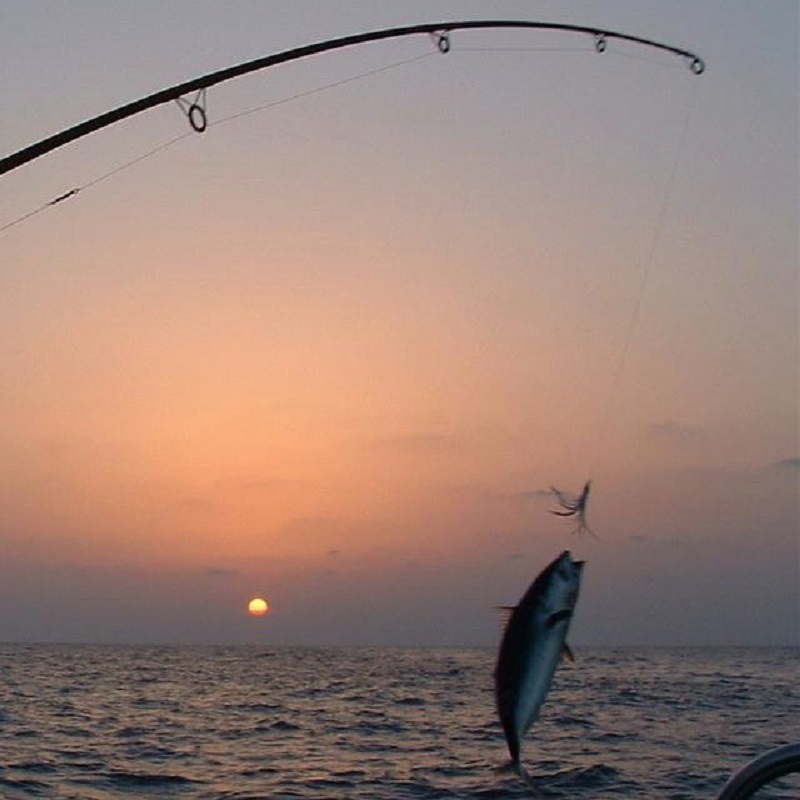Introduction
Learning how to tie a hook on a fishing line is an essential skill for anyone interested in fishing. Regardless of whether you’re a novice or an experienced angler, mastering this technique is crucial for your success on the water. A securely tied hook not only ensures that your bait stays attached but also maximizes your chances of reeling in your catch. Consequently, this simple skill can make a significant difference in your fishing experiences, turning frustrating outings into successful ones.
In this comprehensive article, we will guide you through the steps necessary to tie a hook on a fishing line. Specifically, we will cover various types of knots, as well as common mistakes to avoid. Moreover, we will share tips to enhance your fishing game and examine the different fishing hooks available. By the end of this article, you will feel confident in your ability to tie different kinds of hooks securely, ensuring that your fishing outings yield better results.
Understanding Fishing Knots
Before diving into the specifics of how to tie a hook onto your line, it’s important to understand the role fishing knots play in your overall fishing strategy.
What Are Fishing Knots?
Fishing knots serve as crucial connections between your fishing line and tackle, including hooks, lures, or swivels. The effectiveness of these knots can determine whether you land a big catch or lose it. Therefore, selecting the appropriate knot for the task at hand is essential, as different knots serve varying purposes in fishing, such as securing bait, increasing lure movement, and attaching line to terminal tackle.
Different Types of Fishing Knots
There are several types of knots you can utilize for tying hooks onto fishing lines. Some of the most popular knots include:
- Improved Clinch Knot: This knot is simple yet effective, making it a great choice for beginners. It can easily secure hooks, lures, or swivels to the line.
- Palomar Knot: Known for its strength, this knot works exceptionally well with braided lines and heavier tackle. Since it is relatively easy to tie, it offers superior holding power.
- Loop Knot: This knot allows for more movement of the lure or hook, making it suitable for specific fishing situations where increased action can attract fish.
- Braid Knot: This knot is particularly effective for braided lines, providing a secure hold when you tie to hooks or lures.
- Double Uni Knot: Ideal for connecting two lines of different diameters, this knot proves useful when you need to attach a leader to your main line.
Choosing the right knot is vital for your fishing success. By understanding the purpose and strengths of each knot, you will be better equipped to make informed choices, thereby enhancing your ability to catch fish.

Step-by-Step Guide on How to Tie a Hook on a Fishing Line
Now that you have a basic understanding of fishing knots and their significance, let’s focus on the specifics of how to tie a hook on a fishing line.
1. Gather Your Supplies
First and foremost, collect all the necessary tools for this process. To effectively tie a hook on a fishing line, you will need:
- A spool of fishing line
- A fishing hook
- Scissors or line cutters
- A lighter (optional, for certain types of lines)
- A good work surface with adequate light for visibility
- A fishing knot guide or chart (optional, for reference)
Having these supplies at hand will make your task much easier and more efficient, allowing you to focus on securing the hook properly.
2. Cut the Fishing Line
Once you have your supplies ready, cut a length of fishing line. Aim for approximately 12 to 18 inches long. This length provides enough material to work with when tying the knot.
- Tip: If you’re using a heavier line, ensure your scissors or cutters can handle it. Clean, precise cuts help prevent difficulties during the knot-tying process.
3. Thread the Hook
Next, take one end of the fishing line and thread it through the eye of the hook.
- Method: For better visibility, hold the hook close to the light or your face, making it easier to thread the line through the eye.
- Important Note: Be sure that the line passes through from the underside of the hook to the top to prepare for the subsequent steps.
4. Wrap the Line
Now that the line is through the hook’s eye, it’s time to wrap the line around the main line. Specifically, make five to seven wraps moving away from the hook.
- Purpose: The multiple wraps increase friction, which helps secure the knot when it’s tightened. Generally speaking, more wraps result in a stronger knot.
5. Create a Loop
After wrapping, you will need to form a loop. To achieve this, take the tag end of the line and pass it back through the loop formed above the wraps.
- Remember: Hold the wraps firmly while doing this to maintain their position and ensure a solid knot.
6. Tighten the Knot
Next, moisten the knot slightly, either by licking it or applying a little water. This lubrication helps to prevent friction burns, ensuring the knot tightens without damage.
- Final Tightening: Gently pull on both the tag end and the main line to tighten it fully. Be cautious but firm to ensure the knot is secure.
7. Trim the Excess
Finally, trim any excess line from the tag end of the knot using your scissors. Leave a small tail (about 1/8 inch) to ensure that the knot remains secure over time.
- Tip: If you are using a braided line, consider using a lighter to seal the end and prevent fraying. This step can greatly enhance the durability of your knot.
8. Test the Knot
Before heading out to fish, it’s a good idea to test the knot to ensure reliability. You can do this by gently pulling on the line to check the security of the knot.
- Importance of Testing: Testing is crucial to prevent unnecessary losses out in the field; it confirms that your knot can handle the weight of the fish you intend to catch.
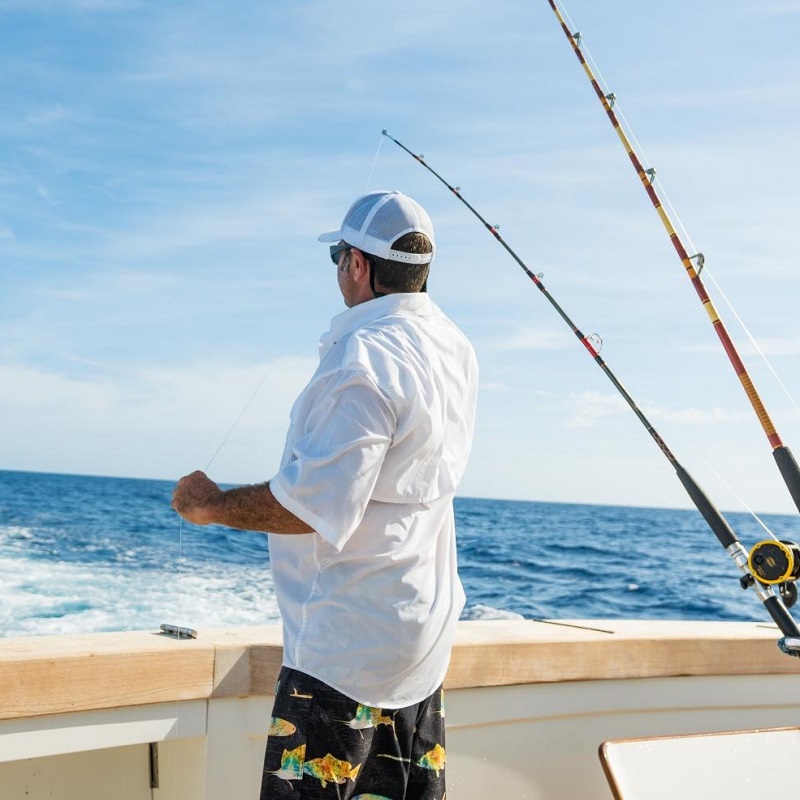
Common Mistakes to Avoid
While tying a hook on a fishing line is straightforward, anglers often make simple mistakes. Knowing these pitfalls can help ensure your success.
1. Poor Knot Choice
Choosing the wrong knot can lead to frustration and failures. For lightweight lines, always use knots designed for light tackle, while heavier lines require stronger knots to prevent breakage.
2. Insufficient Tightening
Failing to tighten the knot properly will undoubtedly lead to losing a catch. Always ensure that knots are secure by pulling them tight before you cast.
3. Ignoring Line Friction
While tying, remember to moisten the line to help reduce friction and heat. Neglecting this crucial step can weaken the line and lead to breakage when you hook a fish.
4. Rushing the Process
Finally, taking your time while tying a hook is vital. Rushing can lead to mistakes and poorly tied knots that may underperform during your fishing trips.
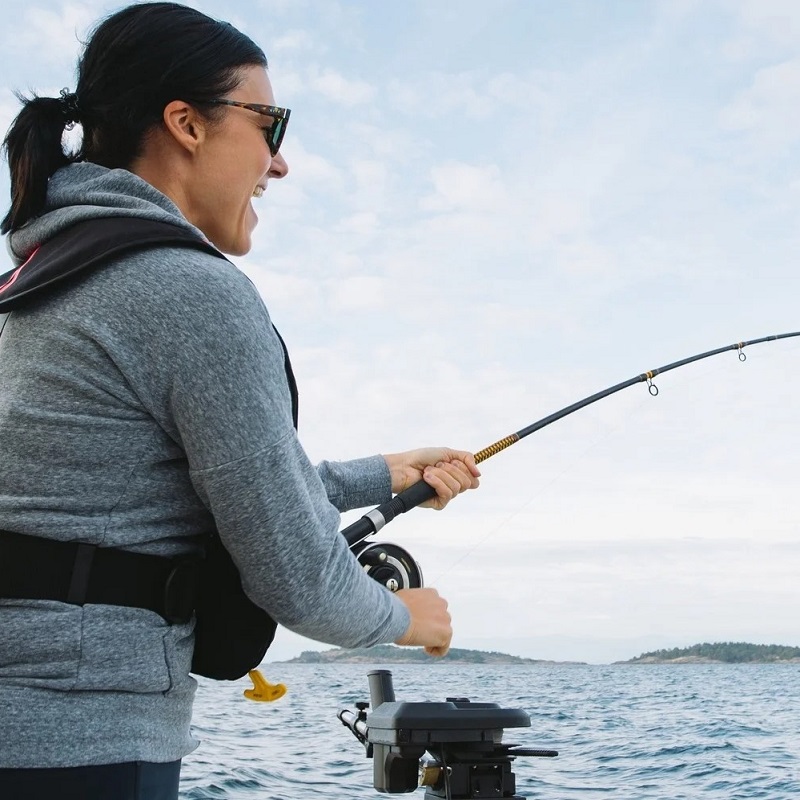
Tips for Successful Fishing
Now that you know how to tie a hook on a fishing line, consider these additional tips to improve your overall fishing experience.
1. Practice Makes Perfect
Before heading out to fish, practice tying hooks and experimenting with different knots. This practice builds confidence and ensures you can quickly tie lines when needed. Moreover, try practicing on a variety of hook types and line materials to see how each knot performs.
2. Watch Tutorials
Utilize online tutorials and videos to visualize the knot-tying process. Sometimes, seeing a demonstration can clarify the steps and techniques involved, making it easier for you to replicate them during your fishing outings.
3. Select Quality Gear
Investing in quality fishing gear—including high-strength hooks and reliable fishing lines—will significantly enhance your fishing trips’ success. Choose hooks that fit the species you plan to target for maximum effectiveness.
4. Know the Fishing Conditions
Before you go fishing, take the time to research local fishing regulations, the best times to fish, and optimal locations for the species you are targeting. A well-planned trip can lead to impressive results, including catching more fish and enjoying your time on the water.
5. Stay Patient and Adapt
Fishing often requires patience. If you find that a particular spot isn’t yielding results, be ready to switch locations or adjust your tackle setup. Furthermore, flexibility in technique and bait will increase your chances of catching fish.
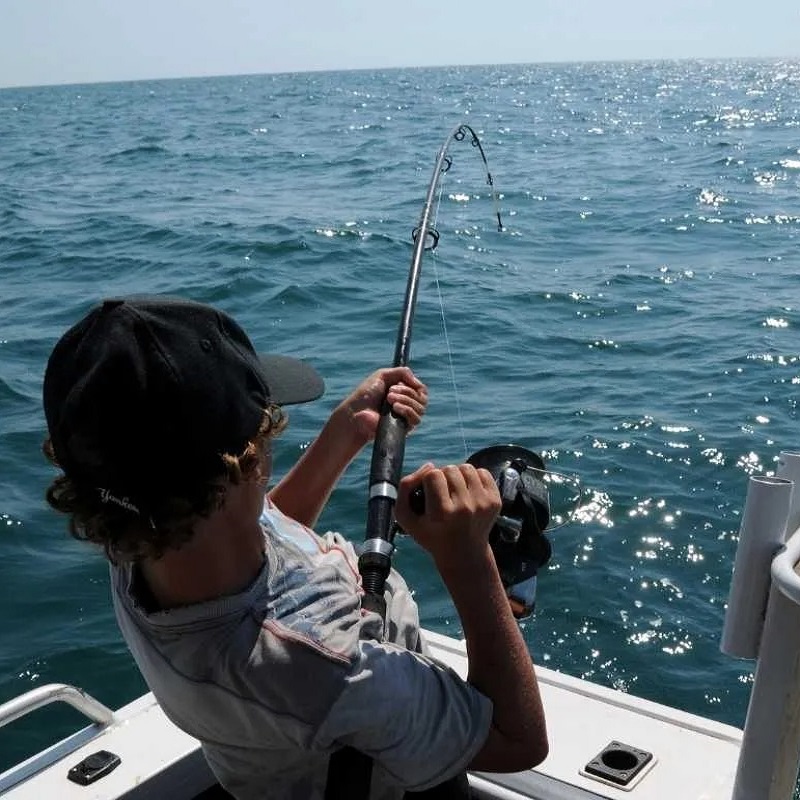
Choosing the Right Hook for Your Target Species
Understanding how to tie a hook on a fishing line also involves knowing which hook to use for different species. Each type of fish often requires specific hooks based on its feeding habits and mouth structure.
1. For Small Fish: Use Smaller Hooks
When targeting smaller fish such as panfish or trout, smaller hooks around sizes 8 to 14 generally work best.
- Recommended Hooks: J-hooks and small circle hooks are ideal for these fish. Small hooks ensure that your bait presents naturally, thus increasing your chances of a successful catch.
2. For Medium-Sized Fish: Opt for Medium Hooks
When targeting medium-sized fish like bass and walleye, fishing hook sizes ranging from 2 to 1/0 typically prove effective.
- Best Hook Types: J-hooks and circle hooks serve as great choices for bass fishing, especially when using live bait or artificial lures. Additionally, treble hooks also work well for various lures, increasing the probability of catching more fish.
3. For Larger Fish: Use Larger Hooks
When targeting larger fish such as catfish or saltwater species, you will generally want to use bigger hooks ranging from 2/0 to 10/0.
- Recommended Hooks: Strong hooks like circle hooks or heavy-gauge J-hooks are best for larger species. The right hook size will enhance your chances of landing that big catch.
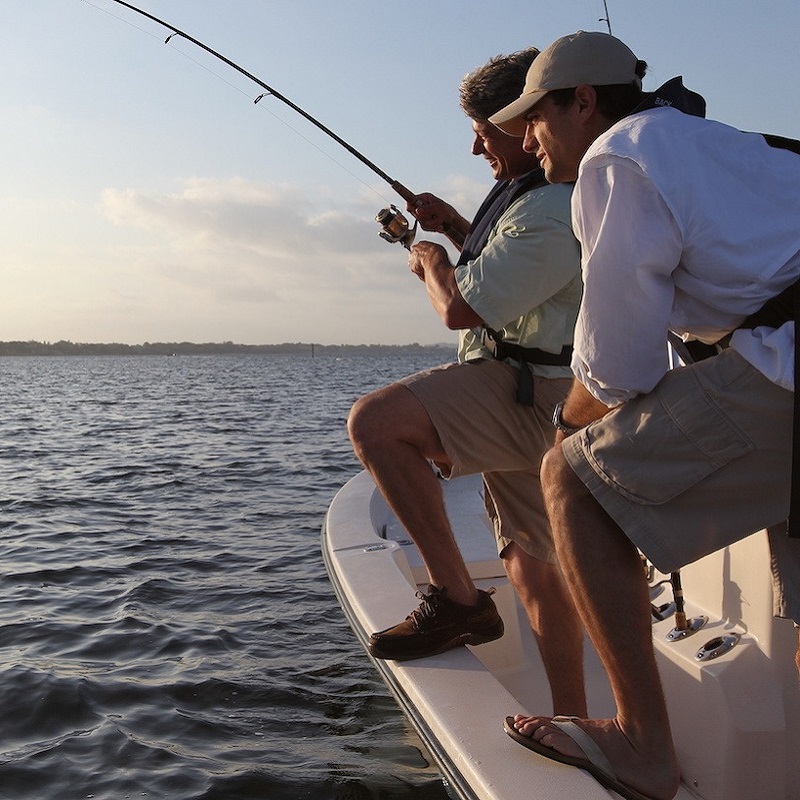
Conclusion
In conclusion, mastering how to tie a hook on a fishing line is a fundamental skill for every angler. From understanding the various types of knots to practicing the step-by-step process, these skills will enhance your overall fishing success.
As you develop your technique and gain confidence in your knot-tying abilities, you will find that fishing becomes more enjoyable and rewarding. By utilizing the right knots, you can ensure that you will not only catch fish more effectively but also appreciate your time spent outdoors much more thoroughly.
So, gear up, practice your knots, and set out on your next fishing adventure with the confidence that you know how to tie a hook securely and efficiently. Ultimately, this essential skill, combined with knowledge of your fishing gear and techniques, will lead to successful and enjoyable fishing experiences.
